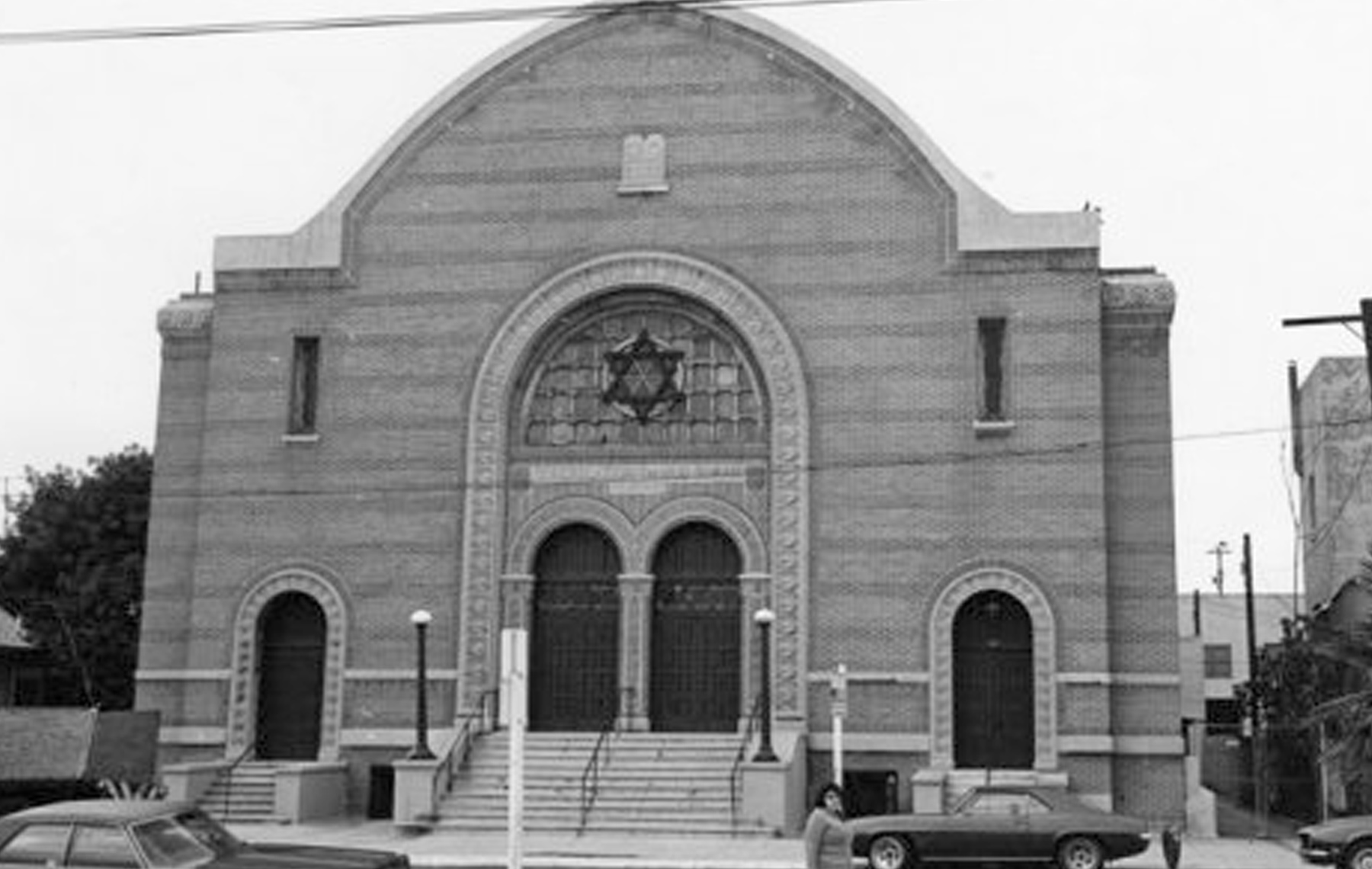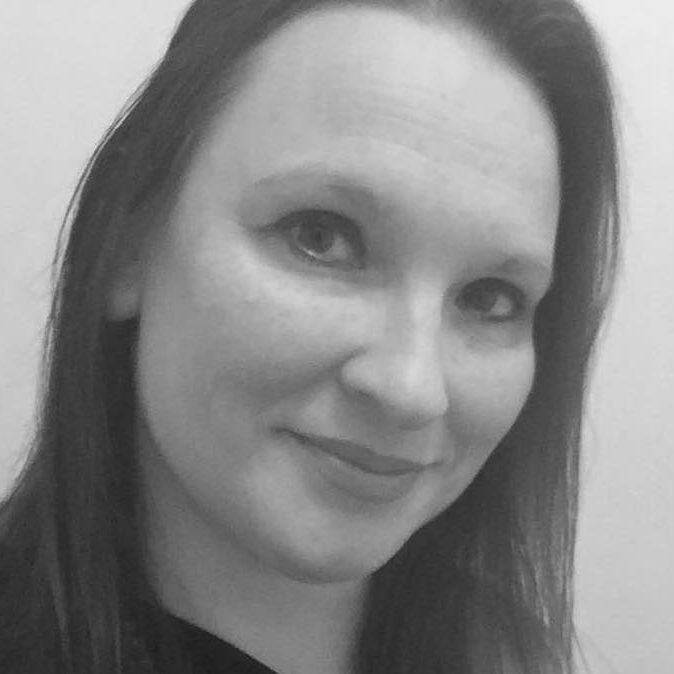
In the final hours of Tisha b’Av on July 30, five spiritual communities of varying denominations gathered via Zoom for study, song and commemoration. The event, “A World Upended: From Sorrow to Hope,” involved B’nai David-Judea Congregation, IKAR, Temple Beth Am, Temple Emanuel of Beverly Hills and Temple Isaiah.
This year, more than 170 people gathered online for opening remarks, then used Zoom’s breakout rooms to divide into smaller sessions led by clergy members from the five communities.
“We are all feeling siloed, distant, alone through this experience and yet as one Jewish community, we come together to create hope, comfort and to rebuild,” Rebecca Schatz, assistant rabbi at Temple Beth Am told the Journal after the event. “Though distant, we brought even more people together. The boundaries between denominations faded away as all the participants chose classes and teachers based on interest. Through Tisha b’Av, a holiday of brokenness and separation and devastation, we, the L.A. Jewish community come together, each year, to rebuild, to collaborate and to recognize that we are always together.”
“It was soothing to see a gallery view of fellow Jews from across L.A. on a day that is defined by isolation. That comfort amplified the messages of hope [from the clergy].” — Rena Selya Cohen
Rena Selya Cohen, a B’nai David-Judea member who attends the collaborative Tisha b’Av program annually, concurred. “It was soothing to see a gallery view of fellow Jews from across L.A. on a day that is defined by isolation,” she told the Journal. “That comfort amplified the messages of hope [from the clergy].”
In her opening framing for the event, Rabbanit Alissa Thomas-Newborn of B’nai David-Judea told participants they were “joining each other in the journey from sorrow to hope,” and introduced the idea of the wounded healer, explaining that those who have been wounded can best care for others who are wounded. She challenged attendees to identify where they most need healing and to ask themselves, “When Tisha b’Av has come and gone, what would it look like for me to become a wounded healer?”
In her session, “Desperately Seeking Mashiach,” IKAR Associate Rabbi Ronit Tsadok invited people to put comments and questions in the chat as the group read through a piece of text about the Messiah. The session closed with participants responding to the question of what brings people hope. Their answers included “creativity,” “protesting racism,” “resilience,” “community hope for new leadership,” “plants growing,” “kindness” and “knowing that people have survived difficult times in the past.”
“We look at the text together. We own it and we share it. We’re all in here together,” Tsadok said.
In his session, “Tisha b’Av’s Future: A Festival,” B’nai David-Judea Rabbi Yosef Kanefsky discussed the custom of not saying Tachanun (a sorrowful prayer) on Tisha b’Av because it’s considered a holiday, and included a text from the prophet Zechariah that promised fast days would be turned into festivals.
“The seed of Tisha b’Av the holiday is embedded in Tisha b’Av the fast …” Kanefsky said. “On Tisha b’Av, you think everything is hopeless and not fixable and we’re just stuck and mired in the awfulness. We have to take a moment of Tisha b’Av and say it’s not going to be that way forever.”
The other two sessions were “Nahafokhu: Turning Tragic Memory into Uplifting Hope,” from Temple Beth Am’s Senior Rabbi Adam Kligfeld and “Renew Our Days: The Journey from Tisha b’Av to Simchat Torah,” from Temple Isaiah’s Rabbi Zoe Klein Miles.
The event also featured a musical mashup of Hebrew poet Zelda’s famous poem, “Each of Us Has a Name” and Elana Arian’s song “Nachamu,” by Rabbi Adam Lutz and Cantor Lizzie Weiss, both of Temple Emanuel of Beverly Hills.
“This is one of my favorite programs because it brings communities together,” Deb Engel Kollin, a member of Temple Beth Am, told the Journal. “It reminds me of the Limmud model. I look forward to this day every year, and I would love to see more opportunities for us to come together.”























 More news and opinions than at a Shabbat dinner, right in your inbox.
More news and opinions than at a Shabbat dinner, right in your inbox.